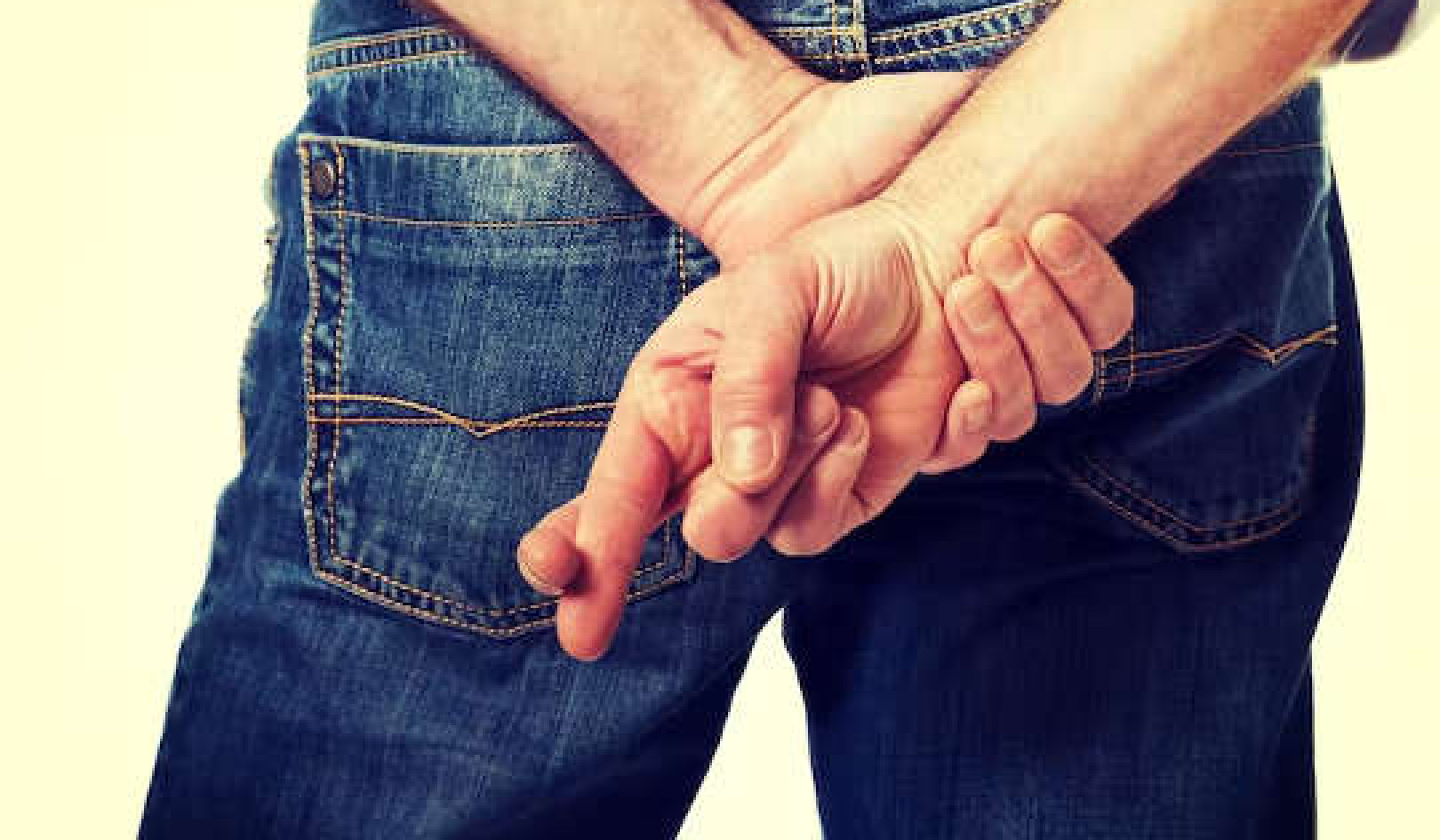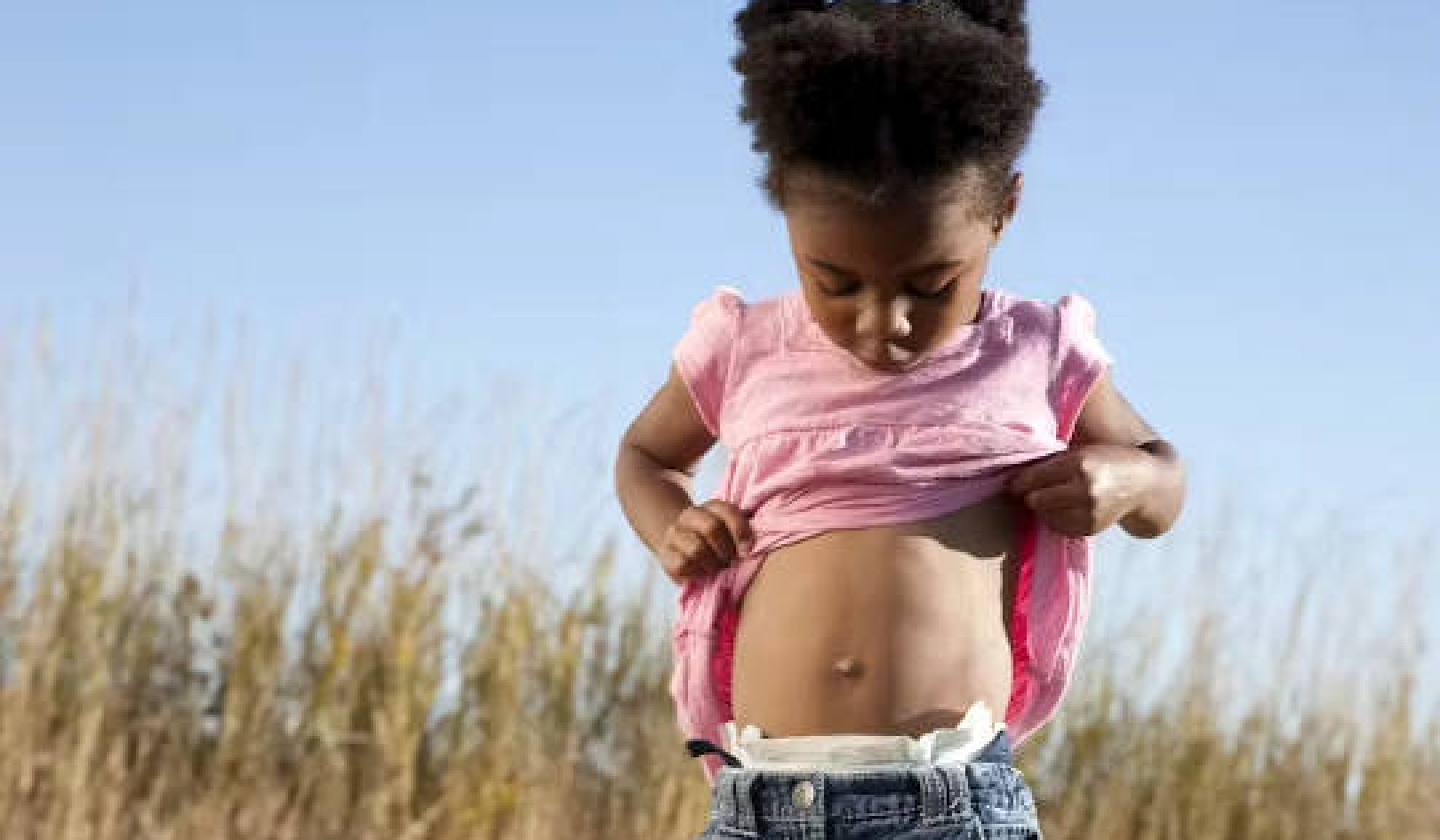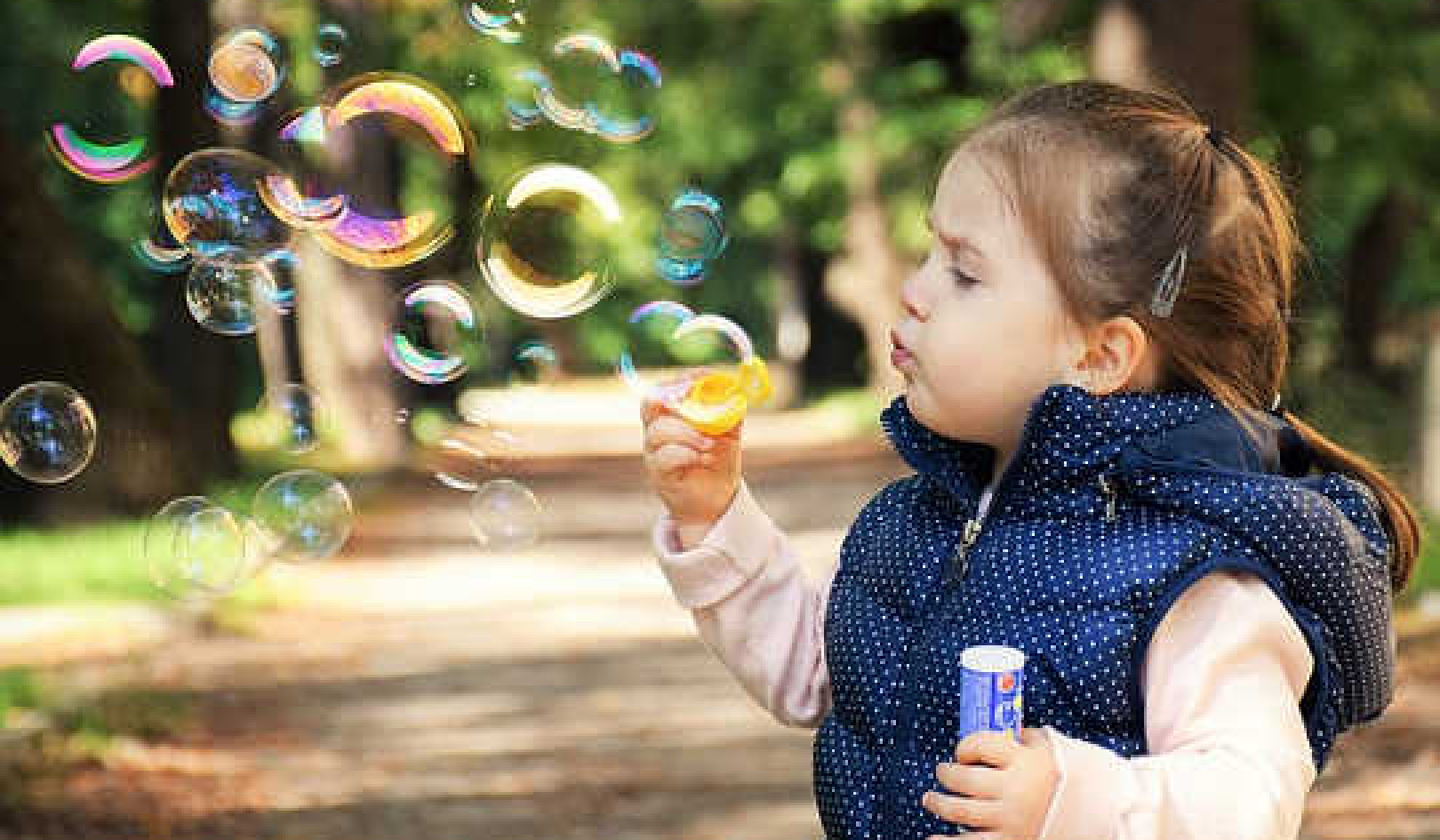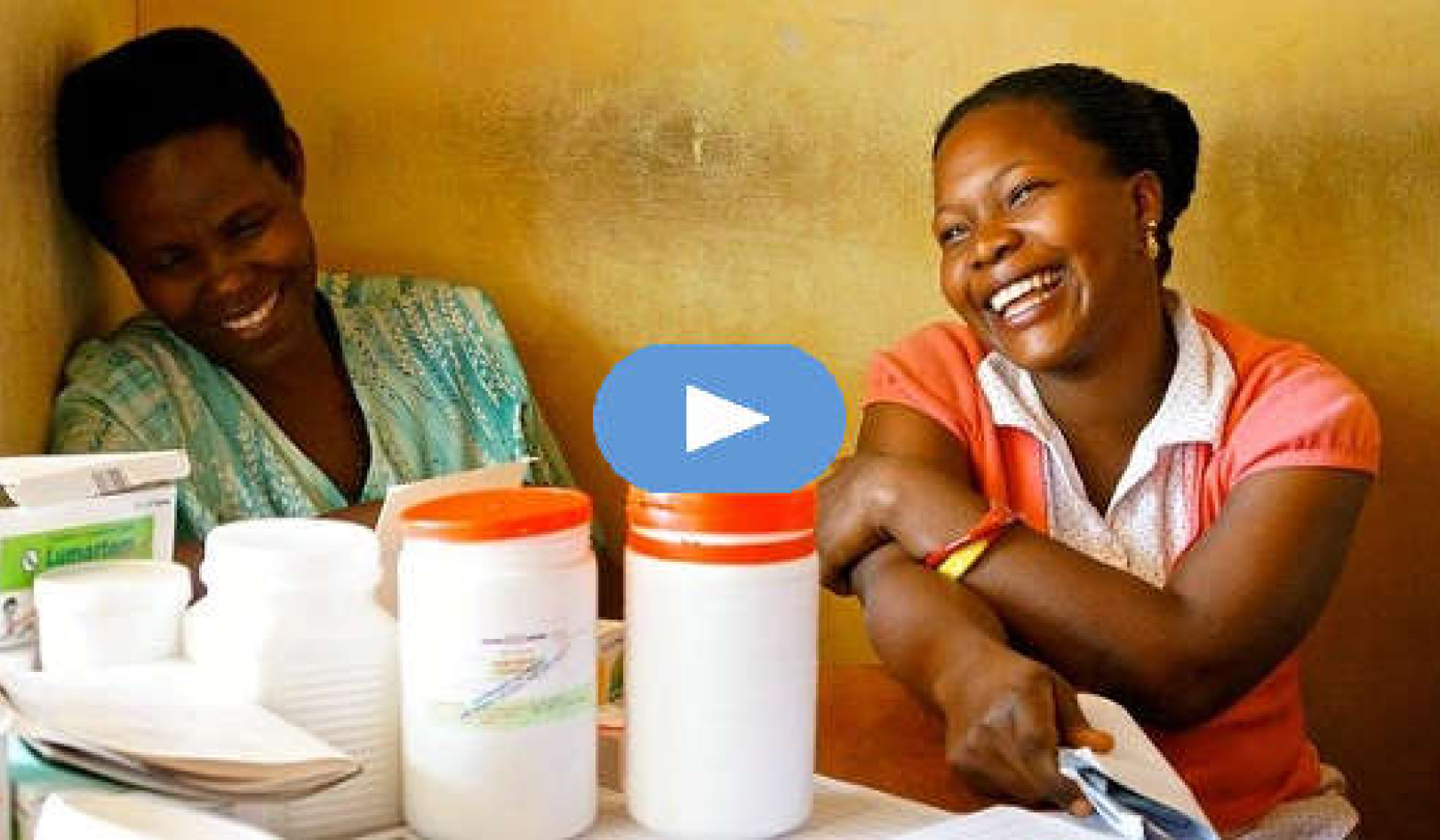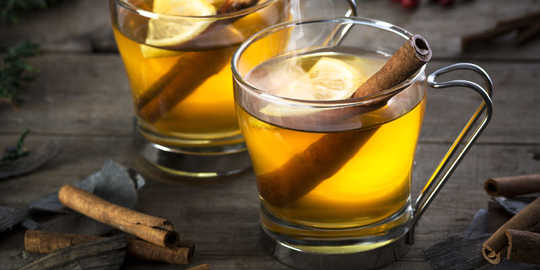
People living in colder regions with less sunlight drink more alcohol than their warm-weather counterparts, research shows.
The study, which appears in Hepatology, finds that as temperature and sunlight hours dropped, alcohol consumption increased. Climate factors also were tied to binge drinking and the prevalence of alcoholic liver disease, one of the main causes of mortality in patients with prolonged excessive alcohol use.
“It’s something that everyone has assumed for decades, but no one has scientifically demonstrated it. Why do people in Russia drink so much? Why in Wisconsin? Everybody assumes that’s because it’s cold,” says senior author Ramon Bataller, chief of hepatology at the University of Pittsburgh Medical Center, professor of medicine at the University of Pittsburgh, and associate director of the Pittsburgh Liver Research Center.
“But we couldn’t find a single paper linking climate to alcohol intake or alcoholic cirrhosis. This is the first study that systematically demonstrates that worldwide and in America, in colder areas and areas with less sun, you have more drinking and more alcoholic cirrhosis.”
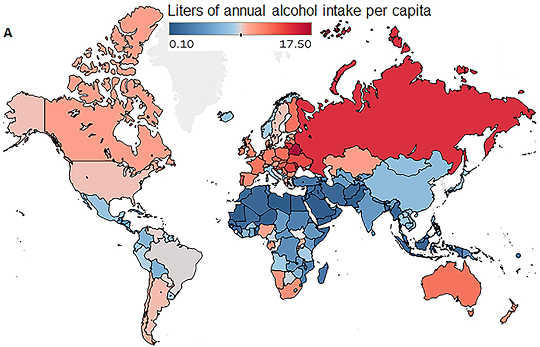 (Credit: UPMC)
(Credit: UPMC)
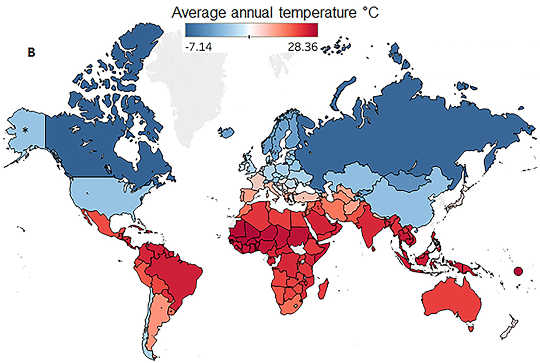 (Credit: UPMC)
(Credit: UPMC)
 (Credit: UPMC)
(Credit: UPMC)
Alcohol is a vasodilator—it increases the flow of warm blood to the skin, which is full of temperature sensors—so drinking can increase feelings of warmth. In Siberia that could be pleasant, but not so much in the Sahara.
Drinking also is linked to depression, which tends to be worse when sunlight is scarce and there’s a chill in the air.
Using data from the World Health Organization, the World Meteorological Organization, and other large, public data sets, Bataller’s group found a clear negative correlation between climate factors—average temperature and sunlight hours—and alcohol consumption, measured as total alcohol intake per capita, percent of the population that drinks alcohol, and the incidence of binge drinking.
The researchers also found evidence that climate contributed to a higher burden of alcoholic liver disease. These trends were true both when comparing across countries around the world and also when comparing across counties within the United States.
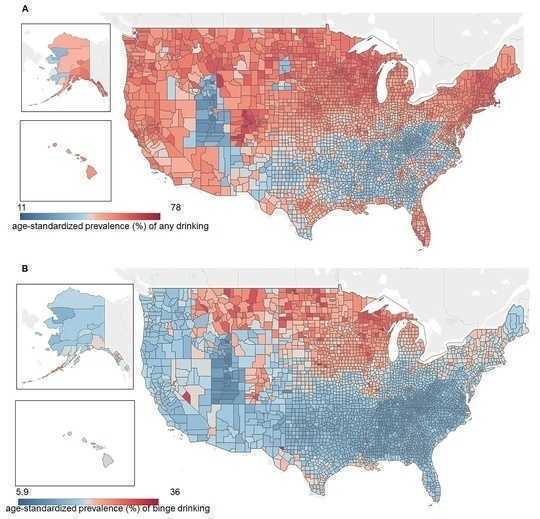 (Credit: UPMC)
(Credit: UPMC)
“It’s important to highlight the many confounding factors,” says lead author Meritxell Ventura-Cots, a postdoctoral researcher at the Pittsburgh Liver Research Center. “We tried to control for as many as we could. For instance, we tried to control for religion and how that influences alcohol habits.”
With much of the desert-dwelling Arab world abstaining from alcohol, it was critical to verify that the results would hold up even when excluding these Muslim-majority countries. Likewise, within the US, Utah has regulations that limit alcohol intake, which have to be taken into account.
When looking for patterns of cirrhosis, the researchers had to control for health factors that might exacerbate the effects of alcohol on the liver—like viral hepatitis, obesity, and smoking.
In addition to settling an age-old debate, this research suggests that policy initiatives aimed at reducing the burden of alcoholism and alcoholic liver disease should target geographic areas where alcohol is more likely to be problematic.
Additional coauthors of the study are from the University of North Carolina at Chapel Hill, the Universidad Nacional Autónoma de México at Juriquilla, Hospital Quirónsalud in Barcelona, the University of Alberta, Harvard University, and the University of Pittsburgh.
Support for the work came from the National Institute on Alcohol Abuse and Alcoholism, the Mexican National Council for Science and Technology, and the Spanish Association for the Study of the Liver.
Source: University of Pittsburgh

Related Books:
Atomic Habits: An Easy & Proven Way to Build Good Habits & Break Bad Ones
by James Clear
Atomic Habits provides practical advice for developing good habits and breaking bad ones, based on scientific research on behavior change.
Click for more info or to order
The Four Tendencies: The Indispensable Personality Profiles That Reveal How to Make Your Life Better (and Other People's Lives Better, Too)
by Gretchen Rubin
The Four Tendencies identifies four personality types and explains how understanding your own tendencies can help you improve your relationships, work habits, and overall happiness.
Click for more info or to order
Think Again: The Power of Knowing What You Don't Know
by Adam Grant
Think Again explores how people can change their minds and attitudes, and offers strategies for improving critical thinking and decision making.
Click for more info or to order
The Body Keeps the Score: Brain, Mind, and Body in the Healing of Trauma
by Bessel van der Kolk
The Body Keeps the Score discusses the connection between trauma and physical health, and offers insights into how trauma can be treated and healed.
Click for more info or to order
The Psychology of Money: Timeless lessons on wealth, greed, and happiness
by Morgan Housel
The Psychology of Money examines the ways in which our attitudes and behaviors around money can shape our financial success and overall well-being.

















